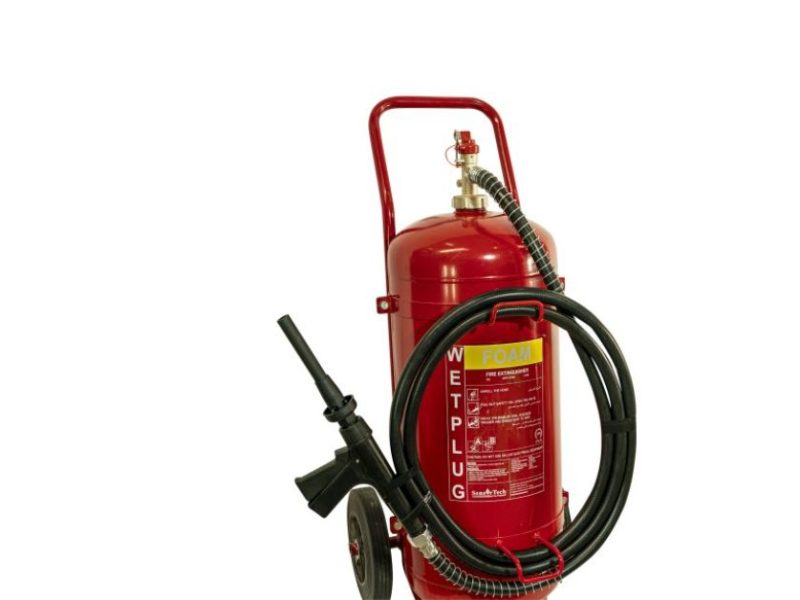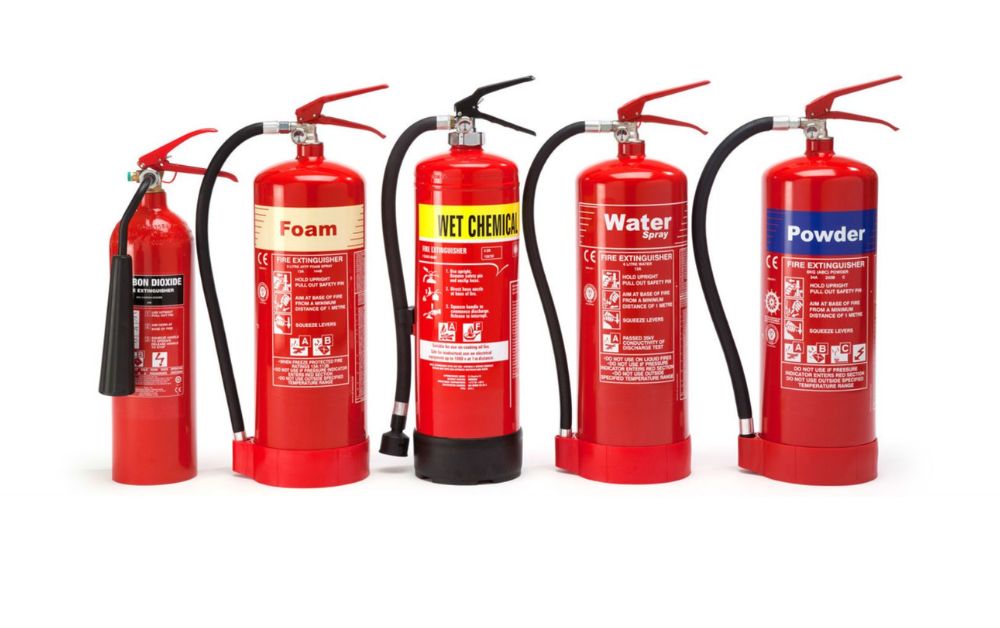
Fire extinguishers are one of the most important pieces of equipment required for fire safety as they provide immediate response to the situation. However, improper use can render them ineffective or even exacerbate a fire. Understanding common errors and how to avoid them can make all the difference in positively tackling a fire.
Not Knowing How to Use a Fire Extinguisher
One of the most critical mistakes is not familiarizing yourself with the proper operation of a fire extinguisher. They can also be less effective during an emergency mainly due to confusion or panic. Always remember the PASS technique:
- Pull the pin.
- Aim the nozzle toward the part of the fire.
- Squeeze the lever slowly.
- Sweep the nozzle side to side.
Periodic training or demonstrations can help ensure you’re prepared when the need arises.
Using the Wrong Type of Fire Extinguisher
Not all extinguishers are designed for the same kind of fire. For instance:
- Class A is for ordinary combustibles like wood and paper.
- Class B targets flammable liquids such as grease and oil.
- Class C is used for electrical fires.
Using the wrong type can worsen the situation. Always verify that the extinguisher you have is appropriate for the fire risk in your area.
Standing Too Close or Too Far from the Fire
Positioning is crucial when using a fire extinguisher. Standing too close may expose you to intense heat or flames, while standing too far can reduce the extinguisher’s effectiveness. Maintain a safe distance of approximately 6 to 8 feet, adjusting as the fire diminishes.
Failing to Aim at the Base of the Fire
A common error is aiming at the flames rather than the base of the fire. Extinguishing flames alone does not address the fire’s source. Aim the nozzle at the base where the fuel source is located to effectively put out the fire.
Neglecting Regular Maintenance of Extinguishers
Extinguishers require routine maintenance to remain functional. Common issues include:
- Low pressure in the extinguisher.
- Blocked or damaged nozzles.
- Expired units.
Schedule regular inspections and servicing to ensure your fire extinguisher is ready for use.
Delaying Evacuation in Case of Large Fires
Extinguishers are only suitable for small, manageable fires. Attempting to extinguish a large fire can put you at serious risk. If the fire grows or spreads quickly, prioritize evacuating and calling emergency services immediately.
Not Informing Others Before Using the Extinguisher
In a panic, individuals may fail to alert others when a fire occurs. Informing those nearby allows them to evacuate safely while ensuring help is summoned if needed.
Ignoring Post-Use Precautions
Once a fire has been extinguished, do not assume the danger has passed. Fires can reignite if the source remains. Ensure proper ventilation and keep monitoring the area until emergency personnel confirm it is safe.
In Conclusion
Avoiding these common mistakes can significantly enhance your chances of successfully using a fire extinguisher during an emergency. Proper preparation, regular maintenance, and knowing the right techniques are key. For reliable and high-quality fire extinguishers, trust Sensor Tech, your partner in ensuring safety and preparedness.





